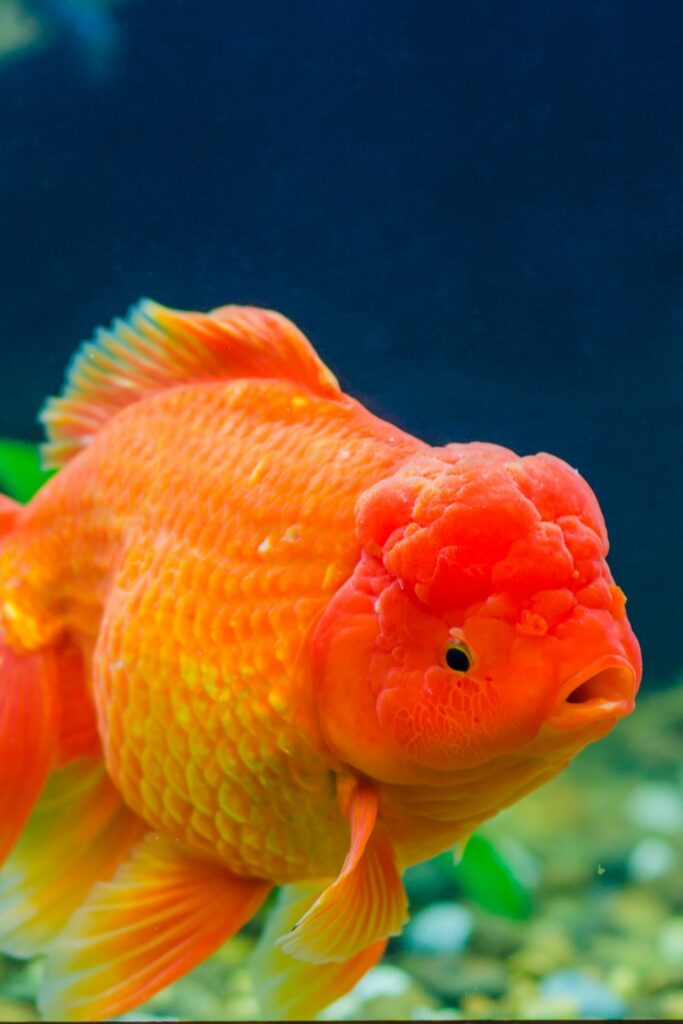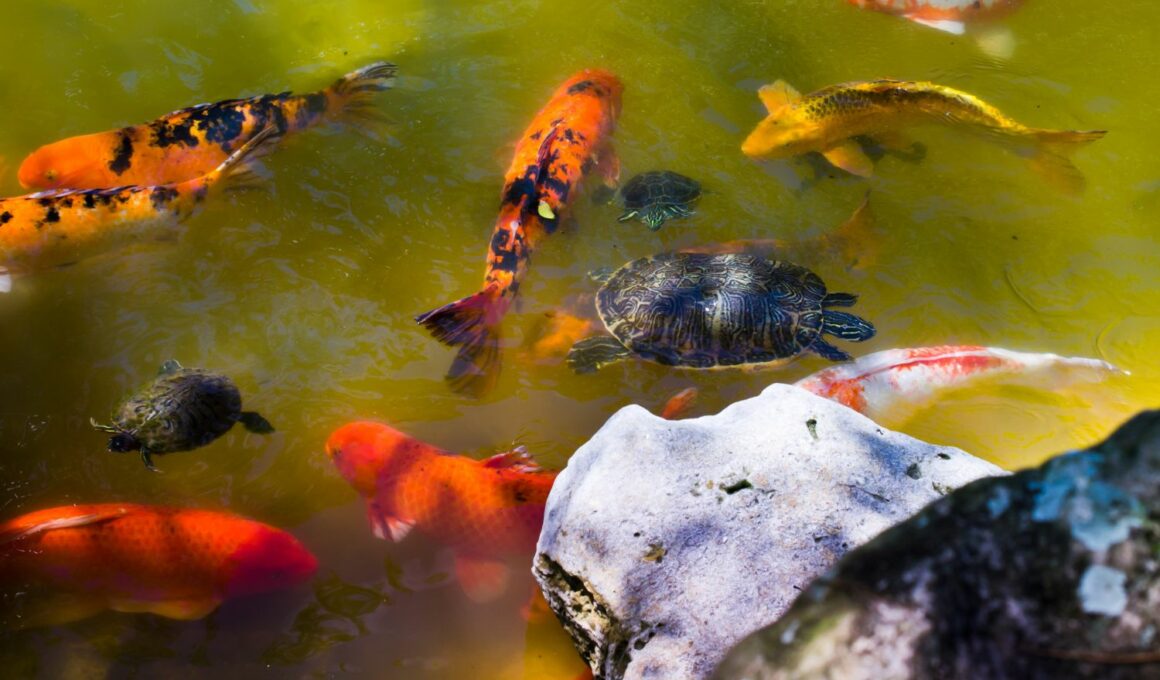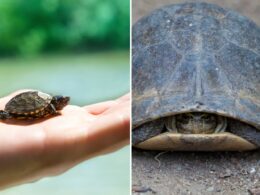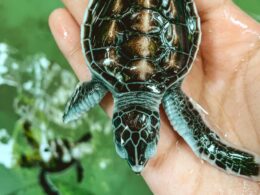In this article Show
Suppose you’ve ever strolled by a beautifully set up aquarium, one with crystal-clear water, vibrantly colored goldfish gliding gracefully, and a turtle basking under a lamp. In that case, you might have wondered, “Can these creatures coexist peacefully?”
Hey there! I’m a dedicated pet owner, much like many of you, and when I’m not taking care of my menagerie, I’m nose-deep in books and articles about reptiles. Through my experiences and research, I’ve found that understanding our pets’ instincts is crucial to keeping them happy and safe.
So, the question that brings us here is: Will turtles eat goldfish? Let’s dive in and understand everything we need to know.
Will Turtles Eat Goldfish?
Yes, turtles will eat goldfish. Turtles are omnivorous and can view smaller fish, such as goldfish, as potential food. In a shared habitat, such as an aquarium or pond, turtles might prey on goldfish, especially if other food sources are limited. Pet owners need to consider the natural behaviors and dietary needs of turtles when deciding on tank mates or pond companions to ensure the safety and well-being of all animals involved.
Are Goldfish Safe with Turtles?

Aquatic pets, like goldfish and turtles, share an appeal that many enthusiasts find hard to resist. Their mesmerizing movements and the serene environment they inhabit can transform any space into a peaceful sanctuary. However, the combination of these two in one enclosure raises legitimate concerns about their mutual safety. So, is it a harmonious partnership or a perilous mix?
Potential Risks of Cohabitation
1. Predatory Instincts
As discussed earlier, many turtles, particularly when young, have strong predatory instincts. Goldfish, with their bright colors and often slower movements, can easily catch a turtle’s eye and become a potential snack.
2. Stress
Even if a turtle doesn’t actively hunt a goldfish, its mere presence can be stressful for the fish. Goldfish, when stressed, are more susceptible to diseases and have a reduced lifespan.
3. Competition for Food
In an enclosed environment, both creatures will be competing for food. A hungry turtle might become more aggressive, especially if they see the goldfish being fed.
4. Differing Environments
Turtles often require areas to bask and UV lights to help metabolize calcium. Goldfish, on the other hand, thrive in well-oxygenated water with steady filtration. Meeting the needs of both can be challenging in a shared space.
Reasons Why People Consider Pairing Turtles with Goldfish
Both turtles and goldfish have been cherished pets for centuries. Their quiet elegance and captivating behaviors make them stars of many aquatic settings. However, why do some choose to house these two very different species together? Let’s explore the motivations and misconceptions that drive this choice.
1. Visual Harmony
An active turtle paired with the graceful dance of goldfish offers a visually stunning panorama. The contrast of colors, movements, and even shapes can transform a simple tank or pond into a mesmerizing display.
2. Natural Setting
Some believe that combining different species gives the tank a more “natural” feel, emulating a mini-ecosystem where various creatures coexist.
3. Space Optimization
For those with limited space, housing multiple pets in one tank seems practical. Rather than having separate setups for turtles and goldfish, they’re combined to save on space and maintenance.
Safe Alternatives to Goldfish (If You Must Keep Fish with Turtles)
While the charm of housing turtles and fish together is undeniable, safety should never be compromised. If you’re set on creating a shared aquatic environment, there are alternatives to goldfish that might fare better with turtles. Here’s a guide to make this cohabitation a little safer and harmonious.
- Rosy Red Minnows: While they resemble goldfish, they are smaller, quicker, and less flashy, making them less likely to attract a turtle’s attention.
- Danios: Known for their speed and agility, Danios can often evade a turtle’s grasp. The Zebra Danio, with its stripes, is especially popular.
- Platies: These are hardy fish with a quick demeanor. Their varied color patterns can also add aesthetic appeal to your tank.
- Mollies: Adaptable and swift, mollies can be a good fit. They also come in various colors, offering visual diversity.
- Ghost Shrimp: Though not fish, these transparent shrimp are interesting tank additions. They’re quick, mostly invisible, and can coexist with turtles without much threat.









